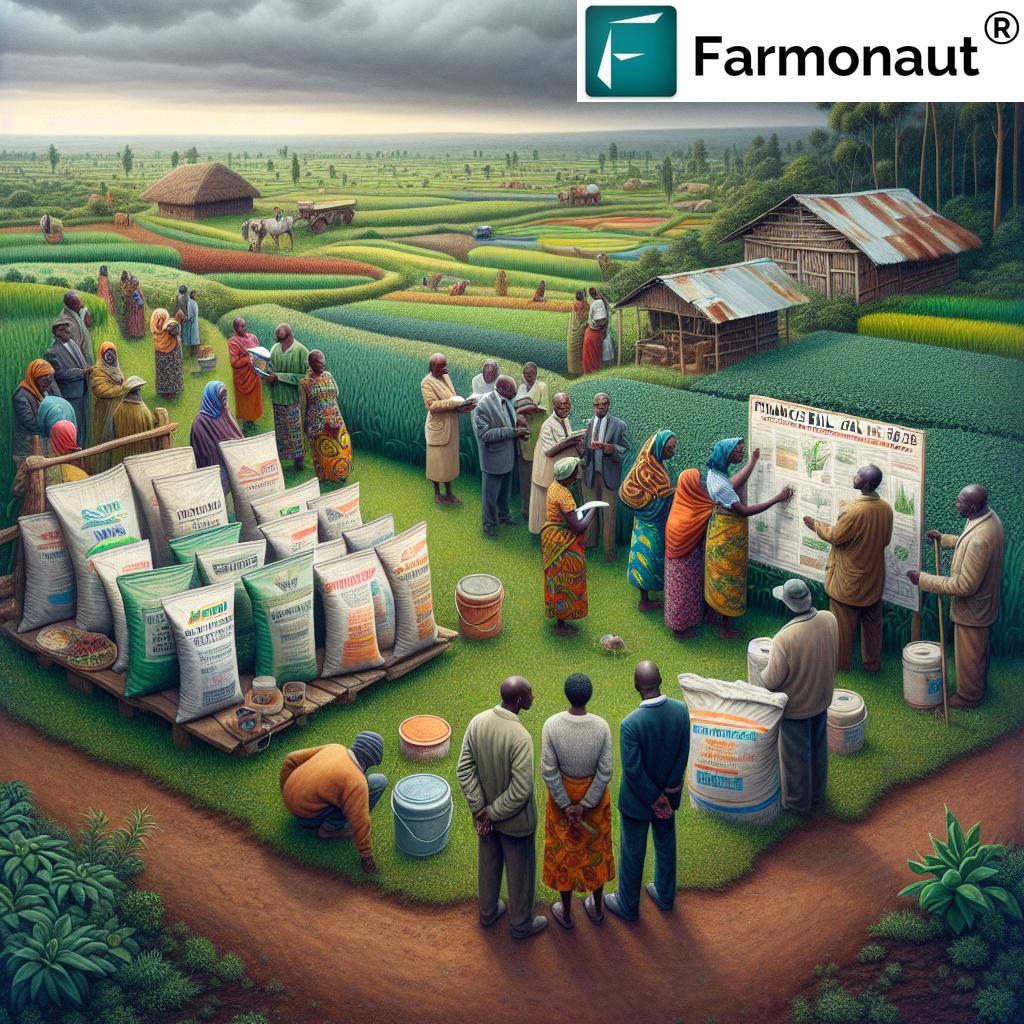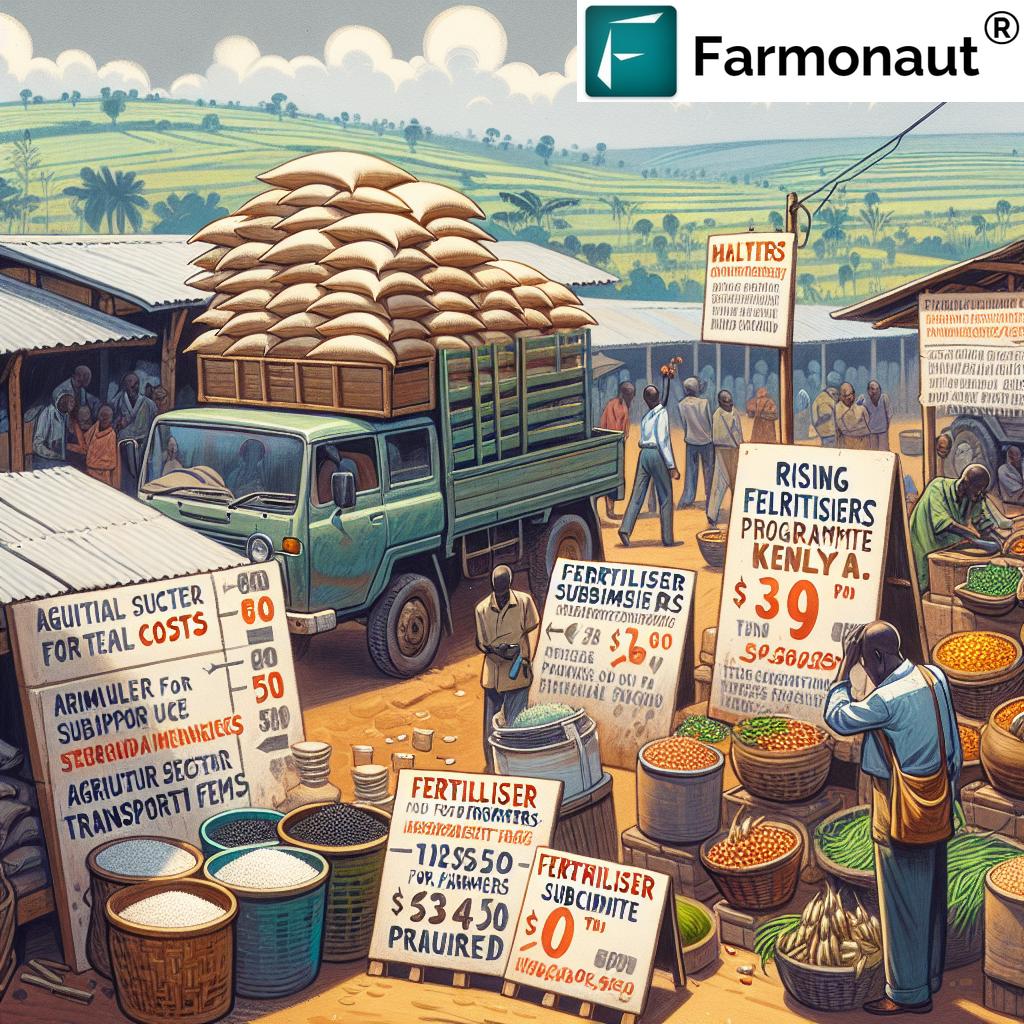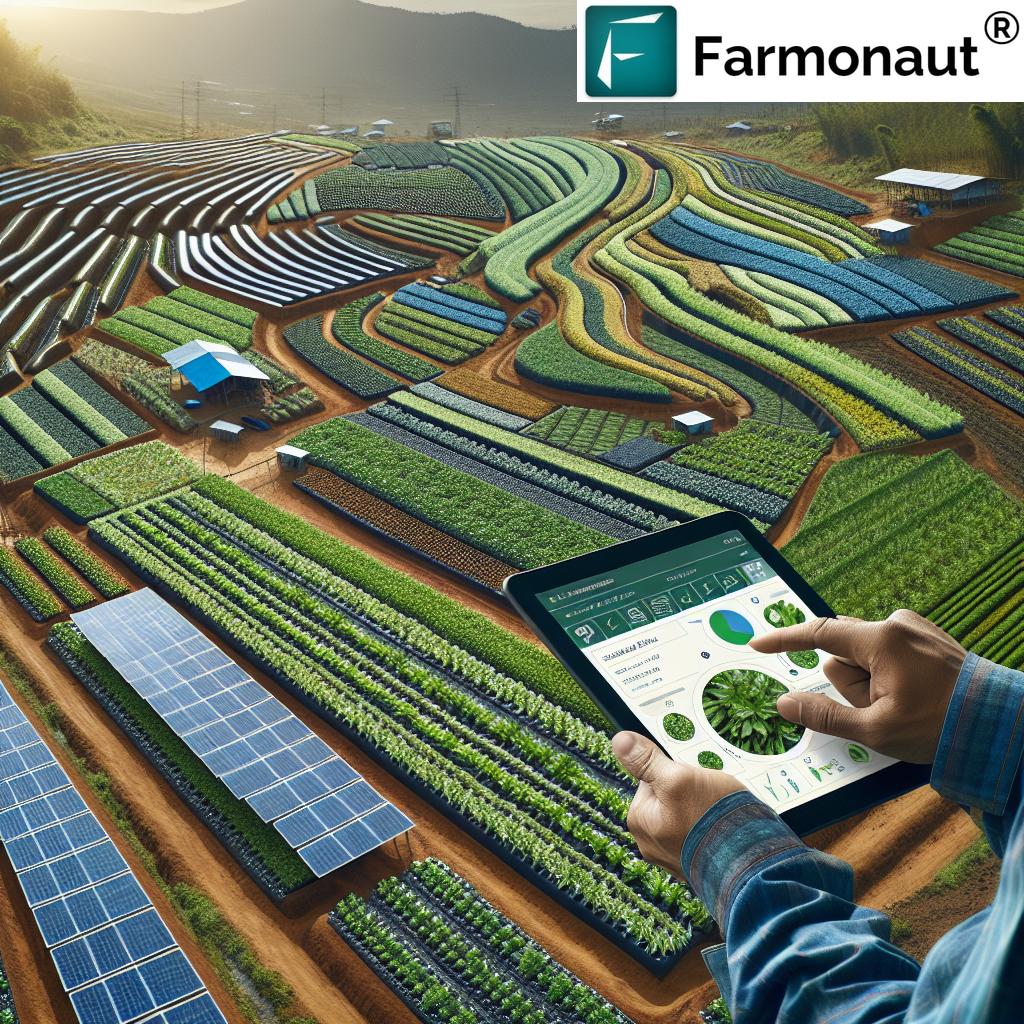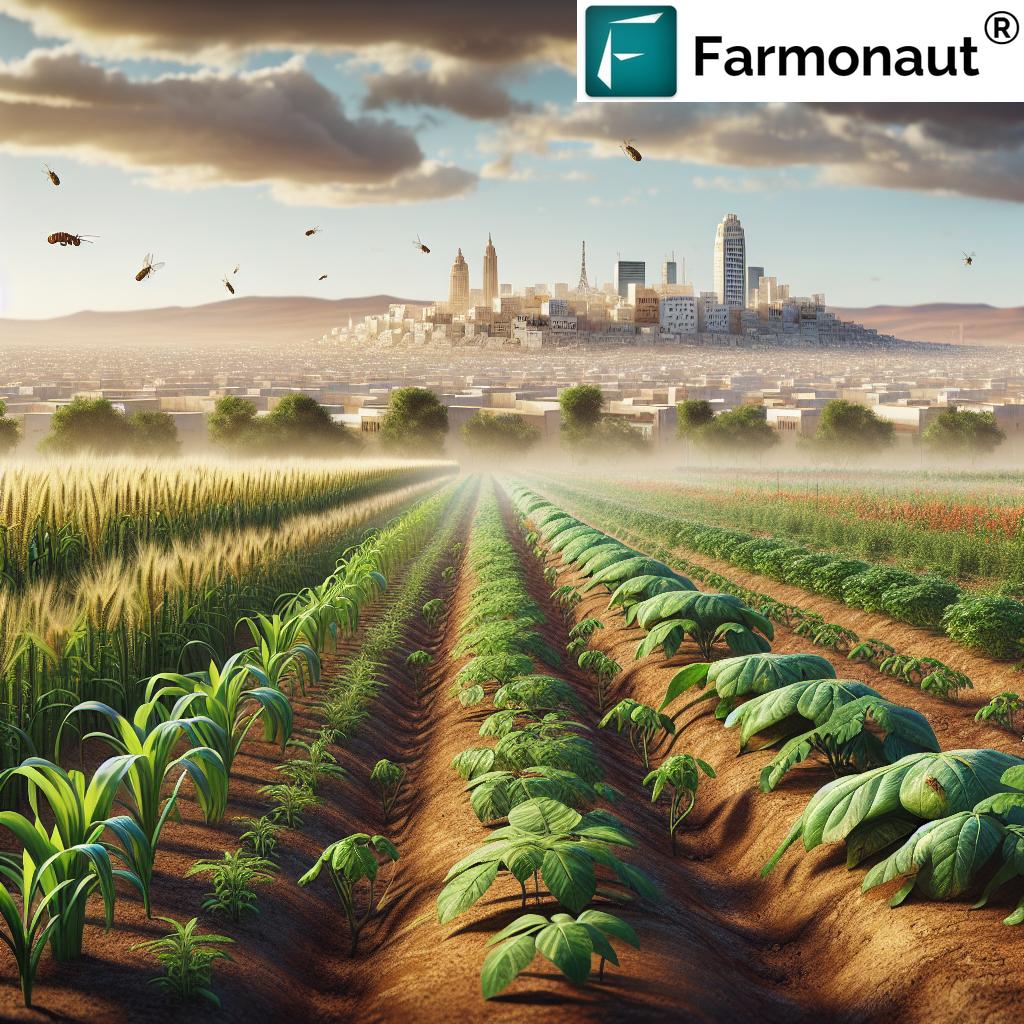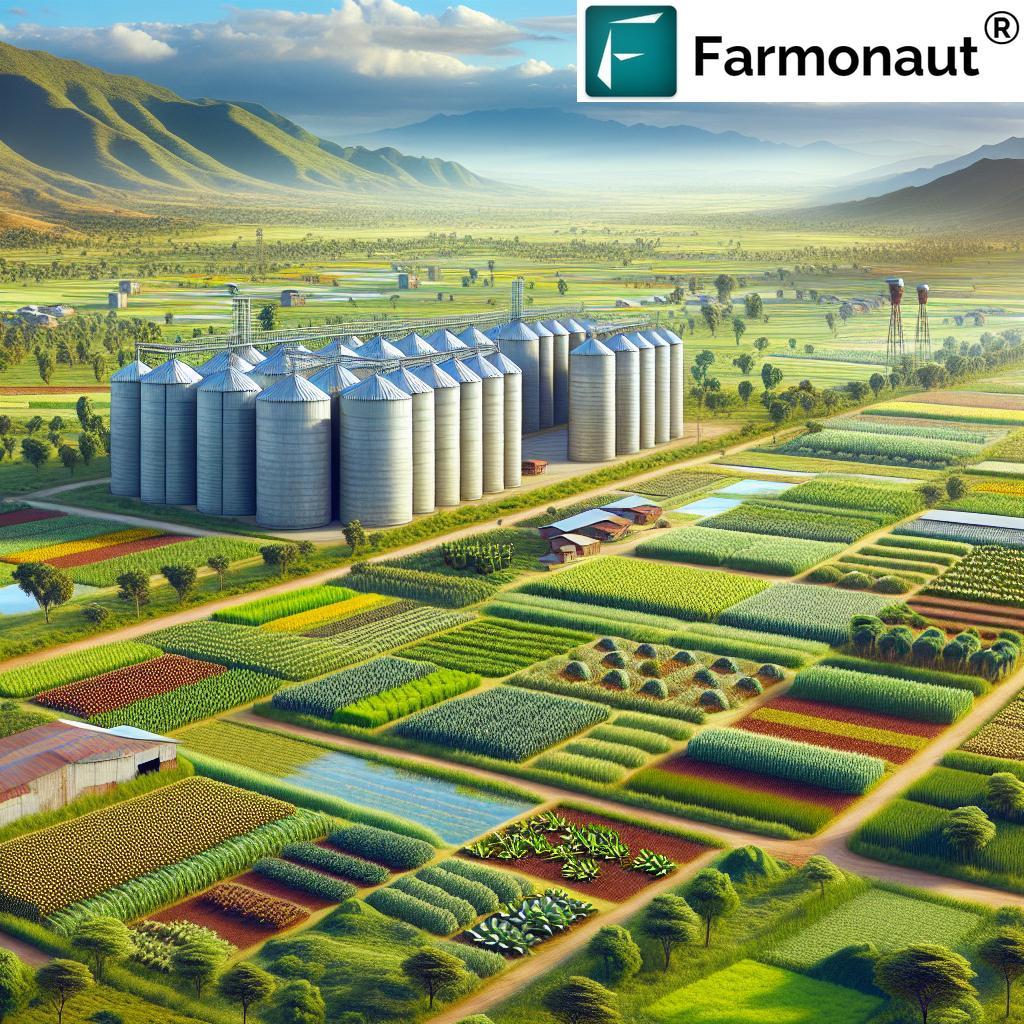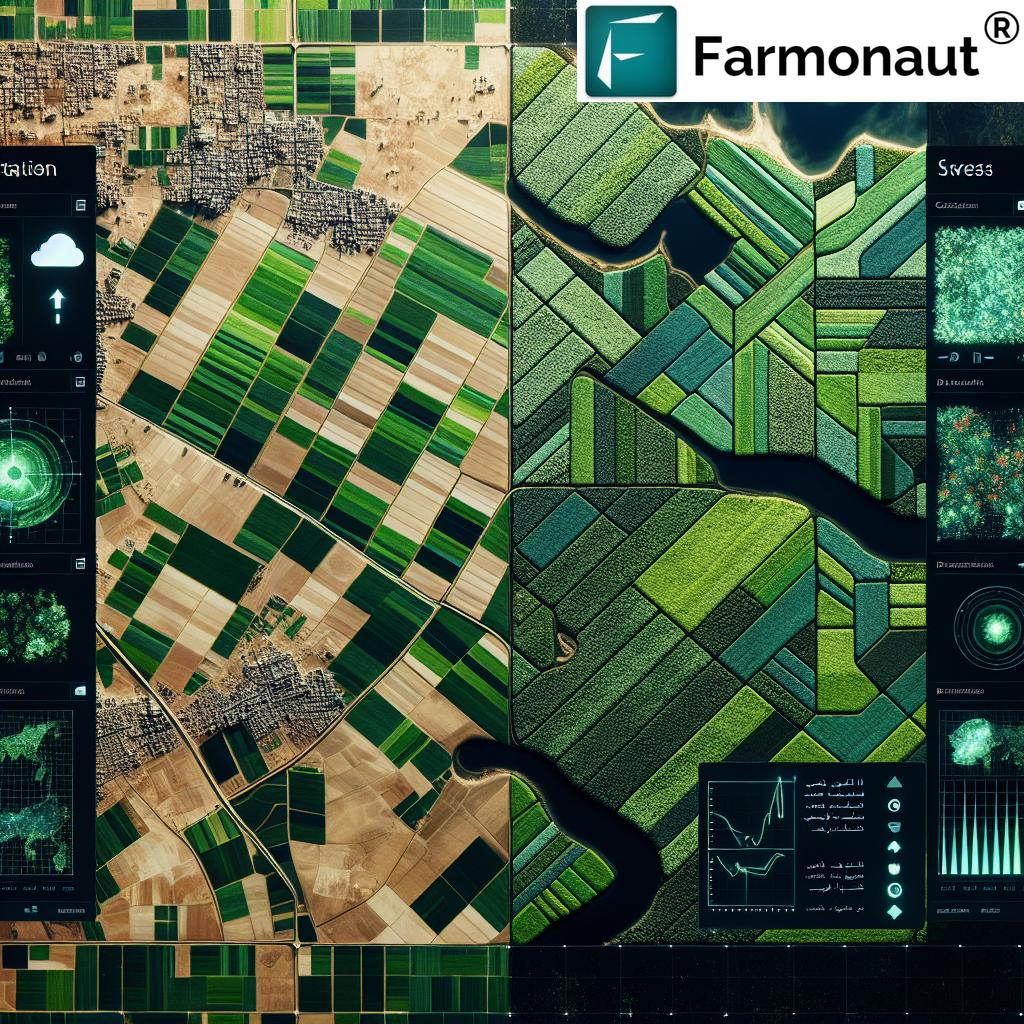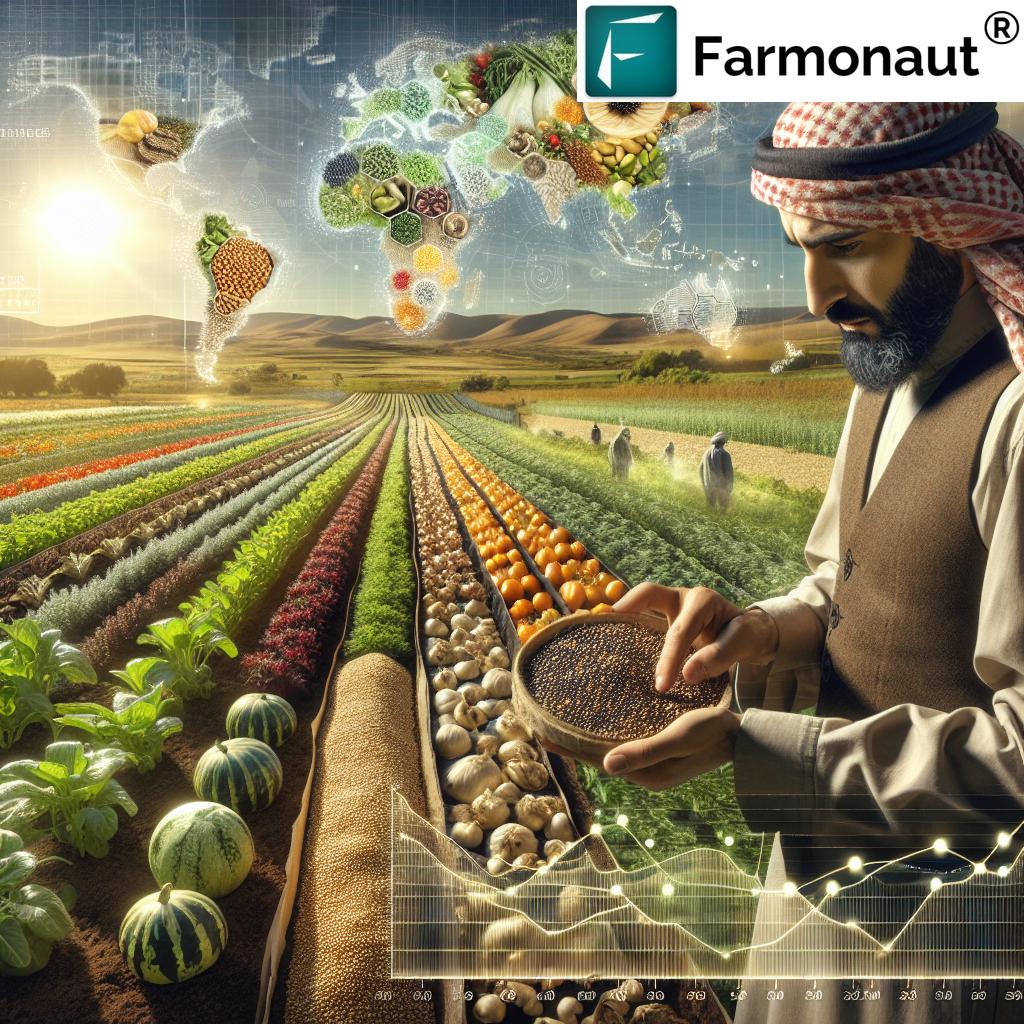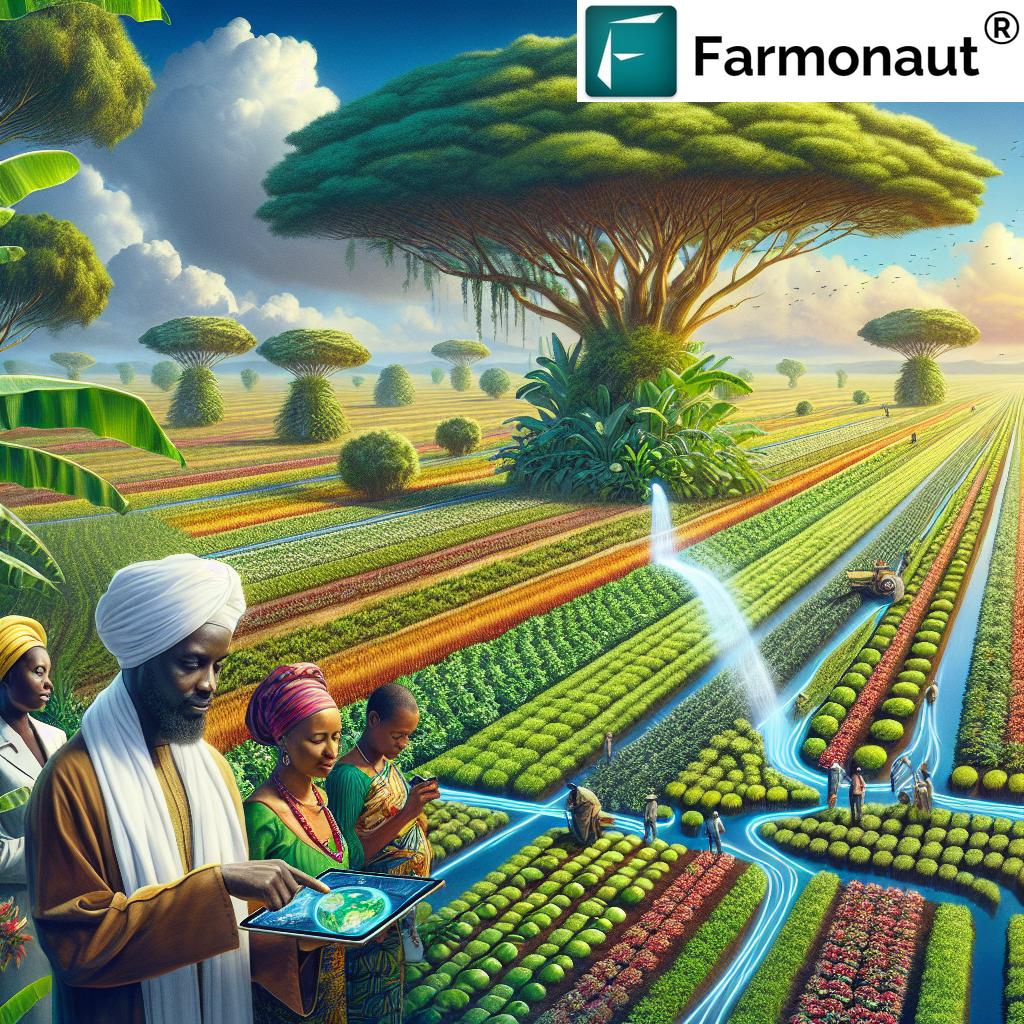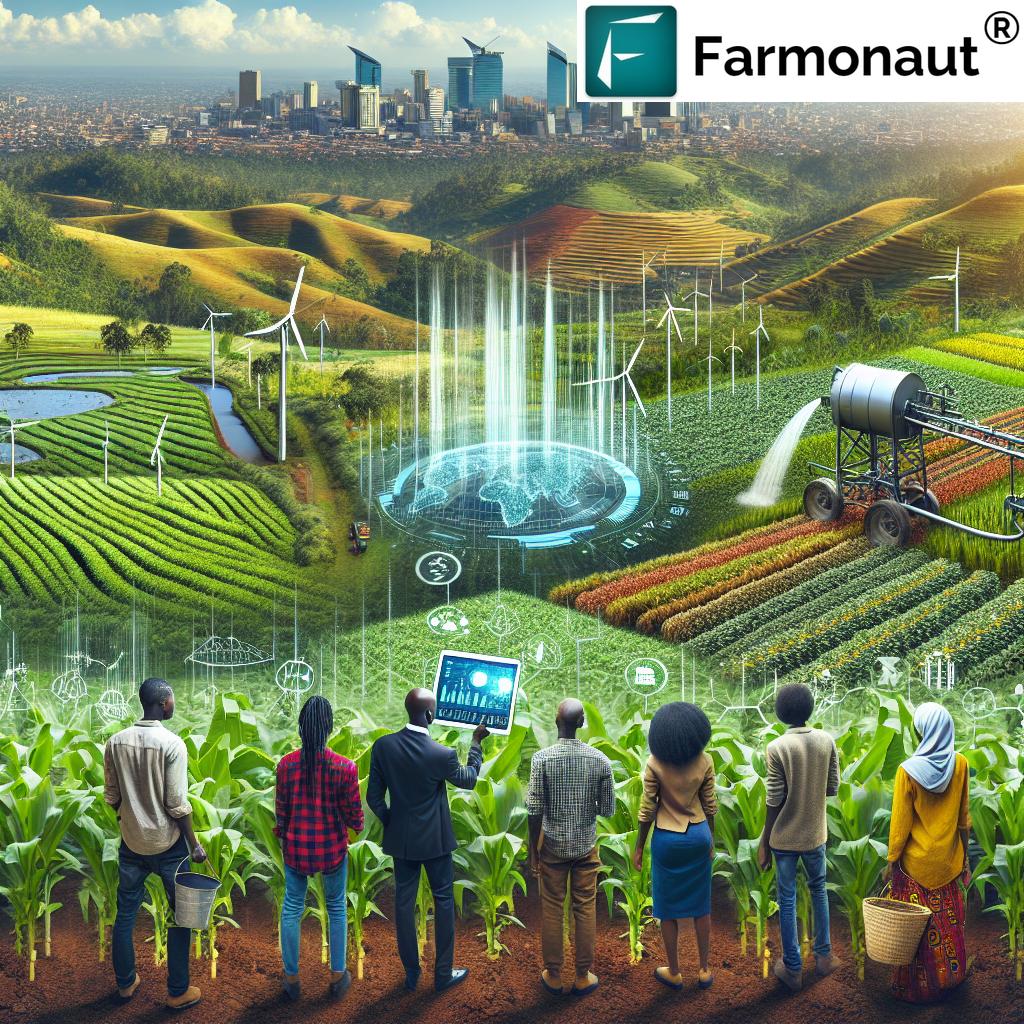Finance Bill 2025 Kenya: Urgent Impact on Smallholder Farmers’ Costs
“Over 70% of Kenya’s food is produced by smallholder farmers, now facing higher costs from the Finance Bill 2025.”
Introduction: Finance Bill 2025 Kenya
Kenya sits at a crossroads in its agricultural sector. The Finance Bill 2025 Kenya presents urgent and far-reaching implications for smallholder farmers, the backbone of the country’s food production. According to the Kenya National Farmers’ Federation (KENAFF), new proposals threaten to sharply increase the cost of food production in Kenya, jeopardizing not only livelihoods but also the progress and recent gains made across the sector.
With more than 70% of the nation’s food produced by smallholder farmers, any legislative change—especially those hiking costs—has wide, systemic consequences. The top concern is the removal of VAT exemptions on key agricultural inputs, such as fertilisers, seeds, and pesticides. These items, once zero-rated, are set to attract a 16% VAT, creating shockwaves in farming communities.
Additionally, increases in excise duty on fuel, shifting fertiliser and pest control products from zero-rated to VAT-exempt, and new levies on packaging for processed agricultural products threaten to upend recent sector advances. As we dissect KENAFF’s statement issued at the Farmers’ Conference Centre, Thogoto, Kiambu County, the urgency for the government to reconsider these changes becomes clear.
KENAFF Statement and Agriculture Sector Concerns
The KENAFF National Board Chairman Kaburu M’Ribu, representing millions of smallholder farmers, raised the alarm on 2025’s agricultural tax changes. In the statement issued at Thogoto, Kiambu, Prof Kaburu urged the government to reconsider the proposals which, if implemented, threaten the cost of production and food security.
- Removal of VAT exemptions agriculture: Fertilisers, seeds, pesticides—now set to attract 16% VAT.
- Fuel price increase: Excise duty on fuel to rise from Sh21.95/litre to Sh24.95, inflating already high transport costs for farmers, especially in remote areas.
- Reclassification of agricultural inputs: Moving from zero-rated to VAT-exempt undermines the ability of suppliers to claim input tax, introducing ‘hidden costs’ that will be passed onto farmers.
- Levies on packaging materials: Especially for value-added products like tea, increasing costs for local producers and reducing Kenyan products’ export competitiveness.
Critical concerns include rising input prices agriculture, sector disruptions, and risks to recent agricultural sector gains, especially for those already grappling with climate shocks, declining yields, and volatile markets.
The federation‘s stance is stern: these proposals are likely to disrupt food production, threaten Kenya’s agricultural stability, and could unravel contributions made by smallholder farmers in boosting national food security.
“Finance Bill 2025 could increase agricultural input costs by up to 15%, threatening sector stability and food security.”
Critical Analysis: Impact of VAT on Agricultural Inputs
The impact of VAT on agricultural inputs is at the heart of smallholder farmers’ resistance to the Finance Bill 2025 Kenya. Until now, major inputs—fertilisers, seeds, pesticides—have been zero-rated, enabling suppliers to claim back input VAT, keeping prices lower for farmers.
The proposed removal of VAT exemptions agriculture means these inputs are now subject to a 16% VAT. Whether as direct taxes or hidden costs (due to reclassification as VAT-exempt but not zero-rated), the net effect is clear: a substantial price hike trickles down to the farmer at every link of the supply chain.
- Fertilisers and Seeds: The immediate cost to producers rises by up to 16%, depending on supply chain markup.
- Pesticides: Similar direct hikes, plus potential knock-on impacts from increased freight and compliance costs.
A crucial insight: when cost of production rises, not only does farm profitability dwindle, but the resilience of the entire food system—from suppliers to end consumers—weakens.
Rising Input Prices in Agriculture
As we collectively navigate the smallholder farmers challenges Kenya and assess sector vulnerabilities, it’s evident that input prices will escalate sharply. Here’s what to expect:
- Fertilisers (DAP, CAN, Urea, NPK): Already high due to exchange rate volatility and global market disruptions. With a 16% VAT, anticipate a price increase of 10–20% per bag.
- Seeds: Certified seeds will also become less affordable, which might push farmers towards informal, low-yield varieties.
- Pesticides & Herbicides: Direct cost increase plus indirect markups as importers, wholesalers, and retailers pass on hidden VAT burdens.
The finance bill 2025 Kenya proposals exacerbate existing difficulties, as rising input prices agriculture coincides with climate shocks affecting agriculture, droughts, floods, and pest outbreaks.
The removal of VAT exemptions is the tipping point, amplifying risks for millions of Kenyan farmers.
Transport Costs for Farmers: Fuel Price Increase and Excise Duty
Farmers rely on fuel for nearly every aspect of their operations—from powering tractors to transporting harvests. The finance bill 2025 Kenya seeks to raise excise duty on fuel from Sh21.95 to Sh24.95 per litre. This change is deeply concerning, especially for smallholder producers in remote areas with limited market access.
- Farm Operations: Higher fuel costs inflate ploughing, planting, spraying, and irrigation expenses.
- Market Access: Transporting farm produce to urban markets grows costlier—reducing profits for farmers and driving up food prices for consumers.
- Value Chain: At every node, from farm to aggregation to retail, fuel price spikes ripple through the agricultural sector.
As a result, smallholder farmers are at risk of being squeezed out of lucrative markets or forced to sell at losses, deepening rural poverty and reversing recent gains in food systems resilience.
Reclassification of Fertilisers and Pest Control Products: A Hidden Threat
A subtler but equally potent threat within the finance bill 2025 Kenya is the reclassification of fertilisers and pest control products from zero-rated to VAT-exempt.
This technical shift matters. While VAT-exempt sounds benign, it actually prevents suppliers from claiming input tax—costs that are ultimately passed onto farmers via higher prices.
- Freight Tax on Imported Inputs: Increased explicit and hidden costs, raising the price of imported fertilisers and crop protection products.
- Levies on Packaging Materials: Particularly for value-added goods (such as tea or processed vegetables), further squeezing farmers embracing agri-processing and local value-addition.
- Marketplace Inequity: Smallholders, with narrow profit margins and limited bargaining power, are most vulnerable to these cumulative shifts.
Comparative Impact Assessment Table: Finance Bill 2025 & Agricultural Production Cost
To demonstrate the projected impact of the finance bill 2025 Kenya on key agricultural cost factors, we have compiled an estimated quantitative assessment for smallholder farmers. The figures are representative and highlight both the scale and urgency of the problem.
| Cost Factor | Estimated Cost Before Bill (KES) | Estimated Cost After Bill (KES) | % Increase |
|---|---|---|---|
| Fertiliser (per 50kg bag) | 3,000 | 3,480 | 16% |
| Seeds (per 10kg packet) | 2,300 | 2,650 | 15% |
| Pesticides/Herbicides (per litre) | 1,800 | 2,100 | 17% |
| Fuel (per litre) | 185 | 195 | 5.4% |
| Transport (average/1 tonne, upcountry-market) | 6,000 | 6,800 | 13.3% |
| Packaging Materials (per tonne produce) | 1,400 | 1,600 | 14.3% |
| Taxes & Regulatory Fees (annual) | 8,000 | 9,200 | 15% |
| Total Estimated Production Cost Increase | 22,500 | 25,830 | ~15% |
(*Values are indicative, based on mid-2024 price ranges and public estimates. Actual cost increases may vary across counties and crops.)
Cumulative Effects on Smallholder Farmers
The data makes it clear—the finance bill 2025 Kenya’s cumulative effect is a blow for smallholder farmers. The cost of every aspect of food production rises, eroding thin profit margins and potentially pushing millions out of business.
Beyond numbers, the secondary effects include:
- Reduced Use of Improved Inputs: As basic agricultural inputs become too expensive, many will revert to traditional, lower-yield seeds and minimise fertiliser/pesticide use, leading to declining yields.
- Sector Fragmentation: Increased reliance on informal, poorly regulated supply chains where market volatility and unfair pricing dominate.
- Threats to Food Security: Higher cost of food production Kenya translates to more expensive staple foods for urban and rural consumers alike.
- Loss of Export Competitiveness: Levies and input costs undermine Kenya’s edge in crops like tea—one of the largest foreign exchange earners.
- Risk of Reversing Recent Gains: Hard-won improvements in agricultural productivity and rural incomes could be wiped out almost overnight.
Government Investments and the Fertiliser Subsidy Programme Kenya
The Kenyan government has recognised the importance of supporting agriculture, with budgetary allocation of Sh77.7 billion to the agriculture sector and Sh10 billion for the fertiliser subsidy programme Kenya.
- Fertiliser Subsidy Programme Kenya: Designed to offset global fertiliser price hikes and encourage adoption of improved farm inputs.
- Direct Investments: Support for irrigation schemes, agricultural mechanisation, and rural market infrastructure.
However, as KENAFF warns, these investments risk being undermined if taxation changes proceed in their current form. The direct benefits of subsidies could be swallowed almost entirely by the spiral in VAT, fuel, and regulatory charges, neutralising any progress made in boosting smallholder productivity.
Policy coherence is vital. The interplay between budget support and new taxes must be considered holistically to avoid undoing hard-won agricultural gains.
Sector and Market Trends: Updates & Structural Issues
The impact of the Finance Bill 2025 Kenya cannot be viewed in isolation. The sector already contends with climate shocks affecting agriculture, market fragmentation, and persistent challenges for smallholder farmers.
Market Fragmentation and Middlemen Domination
- The market remains skewed in favour of large, well-financed players with access to capital and formal supply chains.
- Smallholders, especially in remote areas, depend on informal market channels and lack bargaining power for fair pricing.
- This structural imbalance reduces farm-gate returns and keeps millions in poverty.
Volatile Prices and Input Availability
- Uncertain input prices and frequent supply chain disruptions make it difficult for farmers to plan and invest for higher yields.
- Market infrastructural gaps, from rural roads to cold chains, further diminish competitiveness.
Climate Shocks & Declining Yields
- Recurrent droughts, erratic rainfall, and climate-driven pest outbreaks compound financial risk for farms.
- Without affordable, improved inputs, resilience to these shocks erodes.
KENAFF calls for structural market reforms and a national, inclusive agricultural market policy to combat price volatility, improve infrastructure, and empower farmers with collective bargaining solutions.
Farmonaut: AgriTech for Navigating Tax Changes in Kenyan Agriculture
In this rapidly evolving policy landscape, technology is a key enabler for resilience. At Farmonaut, we champion precision agriculture—helping Kenyan and global farmers adapt, optimise costs, and drive sustainability, even amid uncertainties like the Finance Bill 2025 Kenya.
Affordable and Advanced Farm Management
We offer satellite-based crop health monitoring, AI advisory, resource management, and blockchain-backed traceability (see: Product Traceability Solutions). These tools help reduce unnecessary input usage, contain rising input costs, and maintain productivity.
How Farmonaut Empowers Smallholder Farmers
- Satellite-Driven Crop Health Monitoring: Identify crop stress and manage fertiliser/pesticide use with pinpoint accuracy, optimising every shilling spent on expensive inputs. Our Large-Scale Farm Management Platform is accessible for field staff, cooperatives, and agribusinesses of all sizes.
- AI-Based Advisory: Jeevn AI delivers real-time, personalised guidance to help navigate climate risks, plan plantings, and further save on input costs.
- Fleet and Resource Management: Optimise logistics and reduce transport costs for farmers—critical as fuel prices rise (explore: Fleet Management Tools).
- Carbon Footprinting: Track and reduce environmental impact, support compliance and sustainability. Learn more at Carbon Footprinting Platform.
- Access via Mobile, Web, and API: Use our services anywhere, anytime. Get started on Android, iOS, or browser via our Farmonaut App.
Developers and businesses can also integrate satellite/weather data through our Farmonaut API (API Developer Docs), supporting everything from credit scoring to supply chain auditing.
We also enable crop loan and insurance verification services (see: Crop Loan & Insurance Tools), essential for confident, affordable farm financing—a critical need as costs rise.
Our solutions support cost-effective precision agriculture for smallholder and large-scale farms alike, providing the data-driven edge required to survive and thrive—even as policy uncertainty threatens traditional farm economics.
Policy Recommendations and Way Forward
As the national debate on Finance Bill 2025 Kenya intensifies, it is crucial for government, private sector, and stakeholders to re-examine the impact of tax reforms on the agricultural sector—and particularly the smallholder farmers challenges Kenya.
Key Recommendations from KENAFF and the Agricultural Community
- Urgently Reconsider Proposed Changes: Reintroducing VAT exemptions for critical agricultural inputs to avoid compounding production costs.
- Transparent Impact Assessments: Conduct participatory cost-impact analyses before implementing taxes on inputs, fuel, and packaging.
- Promote Market Reforms: Accelerate the development of an inclusive agricultural market policy—address fragmentation, improve rural infrastructure, and strengthen farmer cooperatives for better bargaining power.
- Safeguard and Expand Fertiliser Subsidy Programme Kenya: Ensure that subsidies reach real farmers and are not offset by hidden or overt tax increases.
- Support Technology Adoption: Encourage adoption of agri-tech (such as Farmonaut’s solutions) for cost-efficiency, input use optimisation, and climate resilience.
Collectively, these actions can help prevent the negative spiral threatened by the finance bill 2025 Kenya and safeguard the recent gains made in Kenya’s agriculture sector.
FAQ: Finance Bill 2025 & Kenya’s Agricultural Sector
1. What is the Finance Bill 2025 Kenya, and why is it significant for farmers?
The Finance Bill 2025 Kenya is draft legislation containing tax reforms and fiscal measures for the 2025 financial year. It is significant for farmers because it proposes removing VAT exemptions on agricultural inputs (fertilisers, seeds, pesticides) and raising excise duties on fuel—directly increasing the cost of food production Kenya.
2. How will the removal of VAT exemptions on agricultural inputs affect smallholder farmers?
It will raise the direct cost of inputs by up to 16%, while also introducing hidden costs when suppliers lose their ability to claim VAT deductions. This is expected to further increase input prices by 10–20%, squeezing smallholder farmers’ profit margins.
3. What is the impact of higher fuel prices on agricultural operations?
Fuel is vital for farm machinery and transporting produce. With increased excise duty, already high transport costs for farmers will rise further—especially harming smallholder producers in remote areas with poor market access.
4. Can technology help cushion farmers from escalating production costs?
Yes. Technologies like Farmonaut’s satellite monitoring, AI advisory services, and data-driven management tools can help farmers precisely use inputs, reduce wastage, and improve yields—helping contain costs despite market and policy shocks.
5. What is the role of the fertiliser subsidy programme Kenya?
The fertiliser subsidy programme helps shield farmers from global price hikes by offering fertiliser at subsidised rates. However, if new taxes offset these gains, farmers might not benefit meaningfully from subsidies unless policy coherence is ensured.
6. Where can I access Farmonaut’s platform?
Farmonaut can be accessed via our web and mobile app (Android and iOS), or by integrating with our APIs. The platform supports precise, real-time crop monitoring and advisory.
7. Are there recommendations for government and policy makers?
Sector leaders urge the government to reconsider introducing new taxes on agricultural inputs, prioritise long-term sector resilience over short-term revenue, and accelerate reforms that support market inclusivity and technology adoption.
Conclusion
The Finance Bill 2025 Kenya comes at a time of immense challenge and opportunity for the agricultural sector. While government intentions to raise revenue are understandable, the cumulative costs of VAT removal, excise increases, and sector levies risk crippling smallholder farmers and eradicating recent agricultural gains.
We remain committed to supporting farmers through advanced, accessible precision agriculture technology—empowering all to make smarter decisions, reduce costs, and build resilience. As the sector faces a turning point, we urge urgent policy dialogue to ensure food security, sector vibrance, and farmer empowerment continue to advance for the benefit of all Kenyans.
For more details, register now on the Farmonaut App or explore Farmonaut API for integrated agri-data solutions.
Stay updated, stay resilient!


